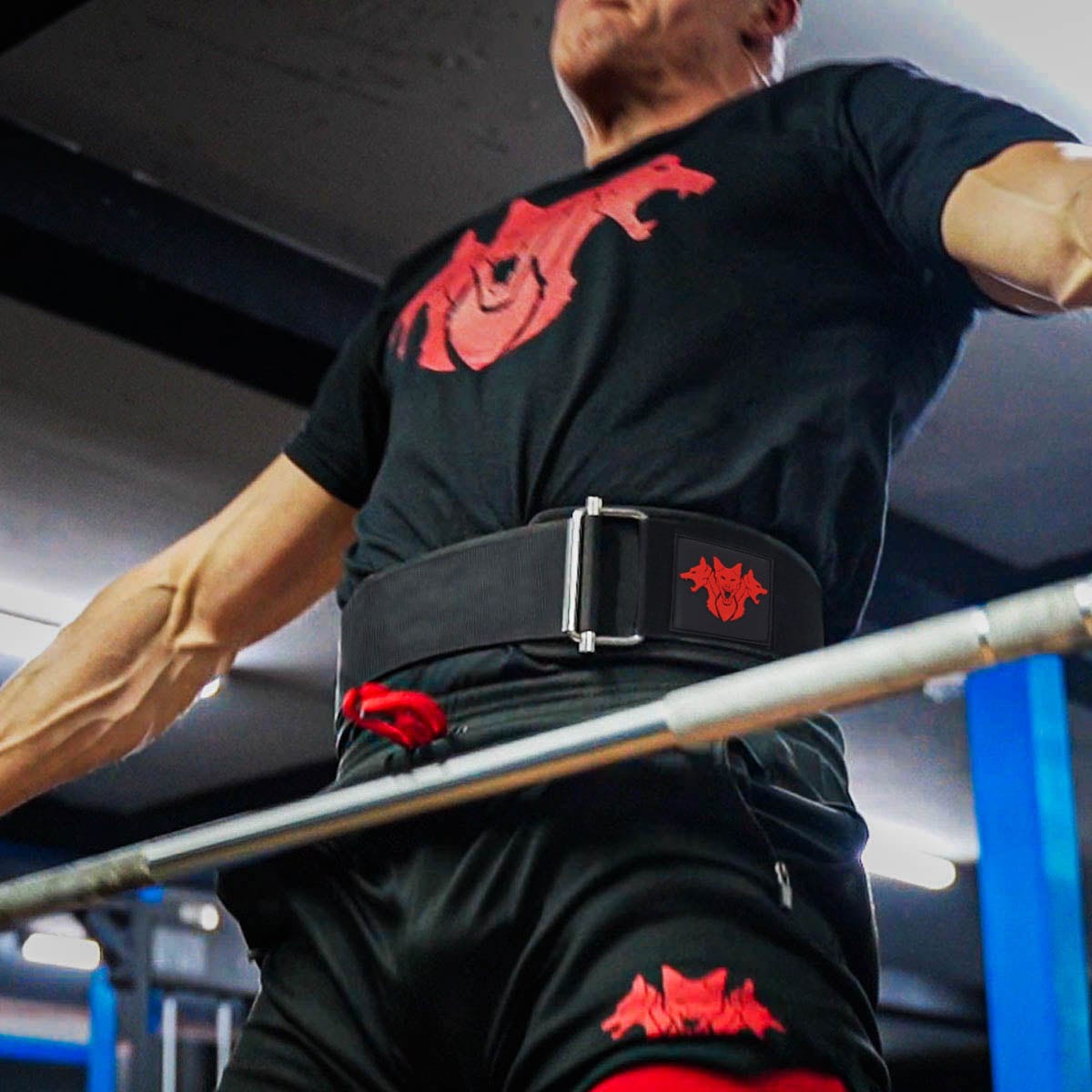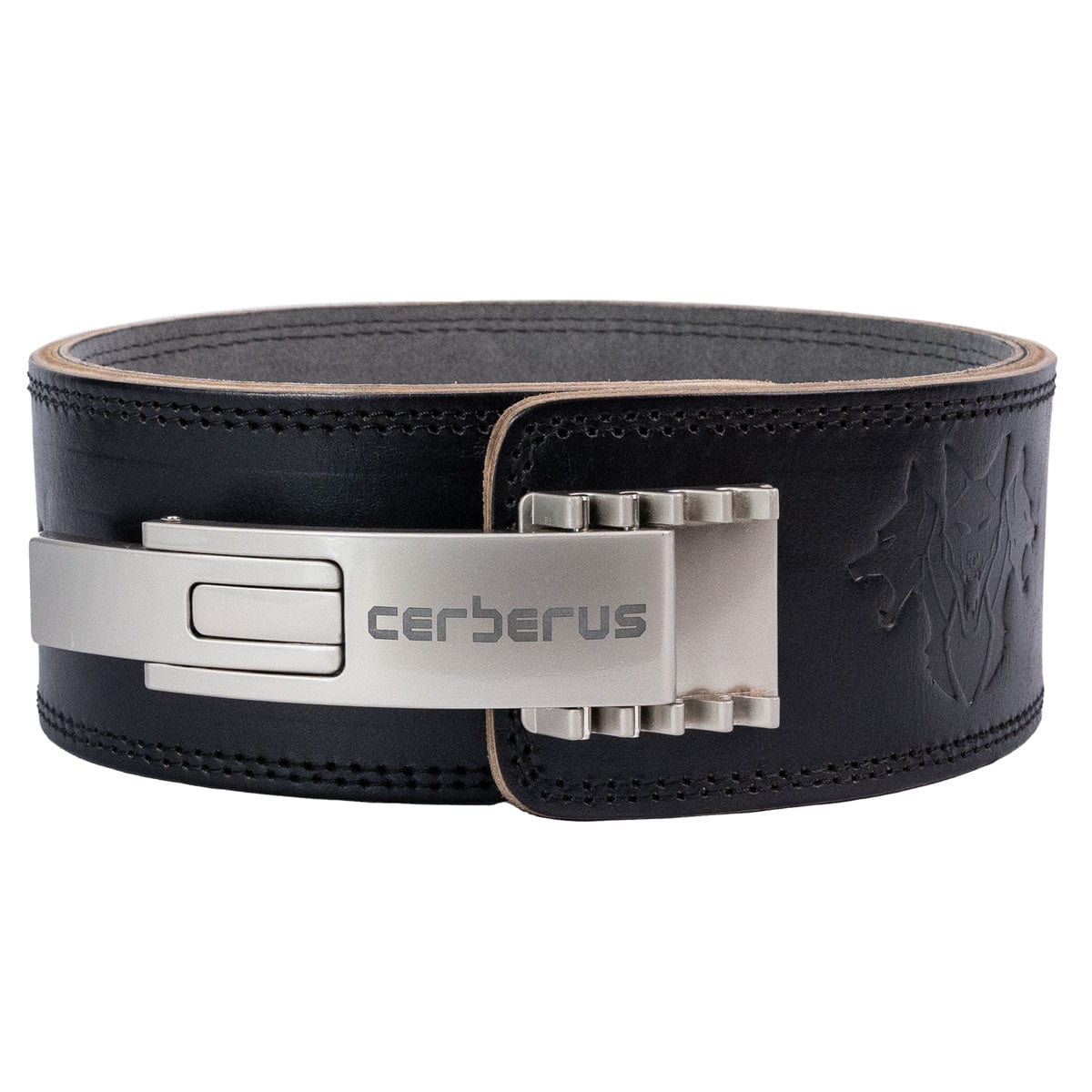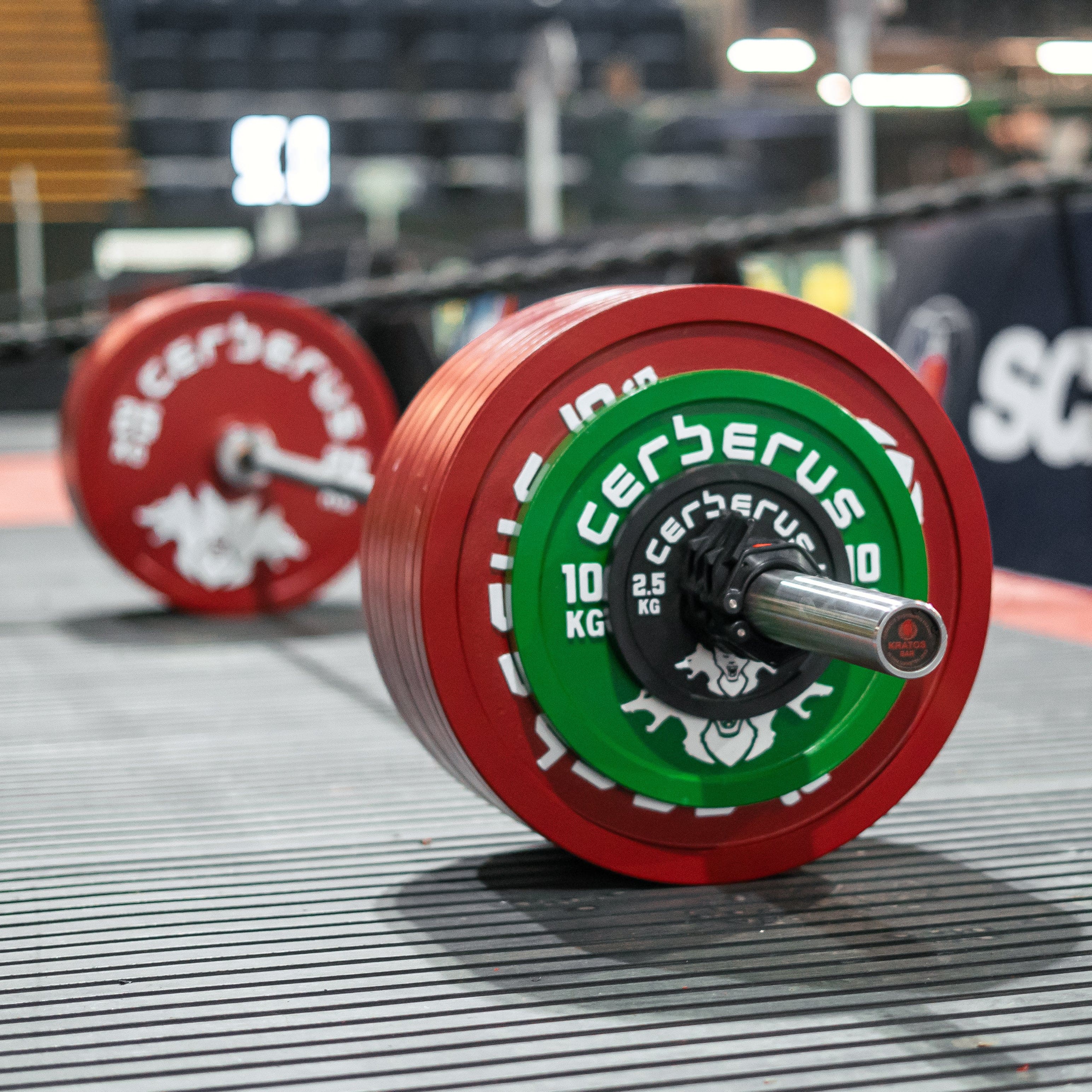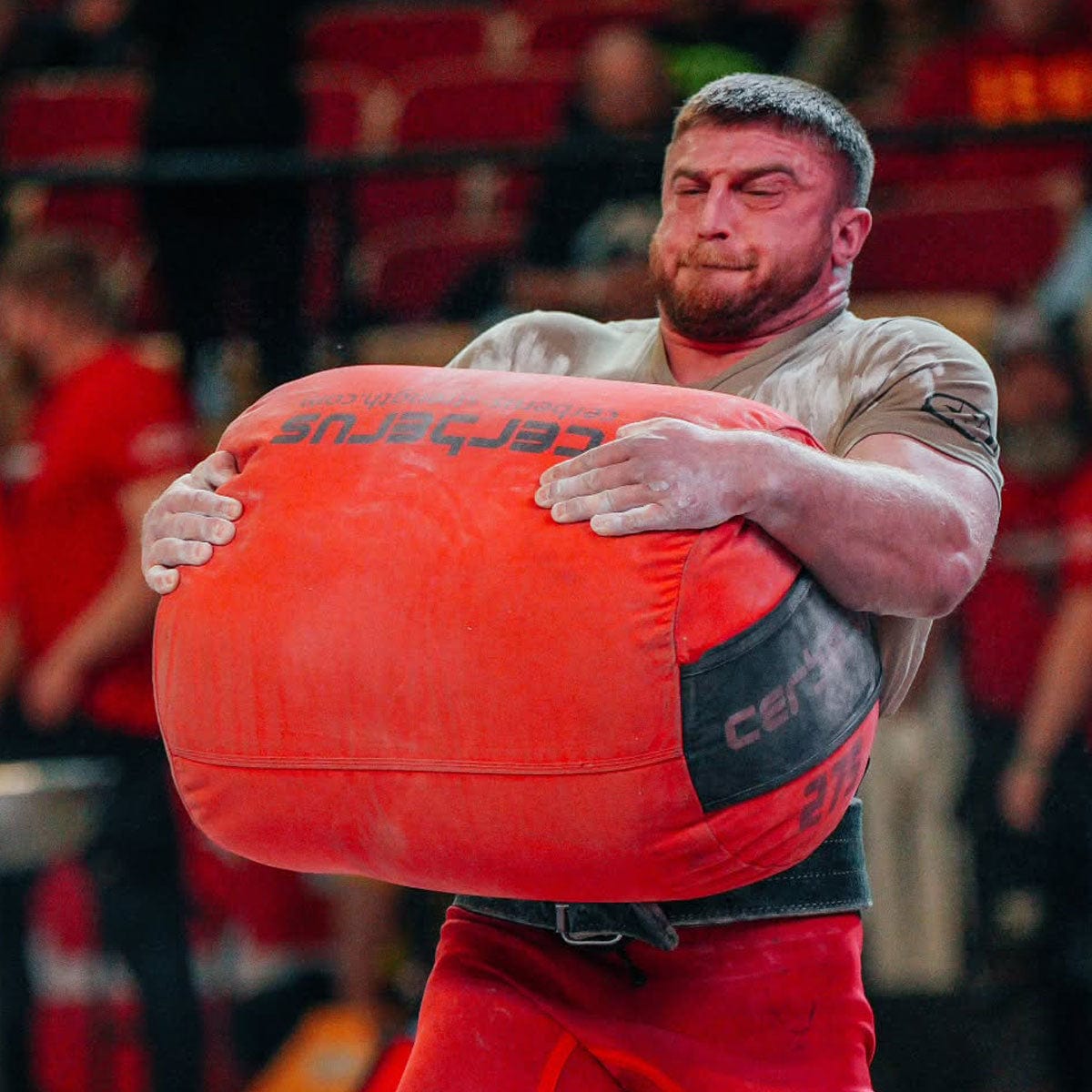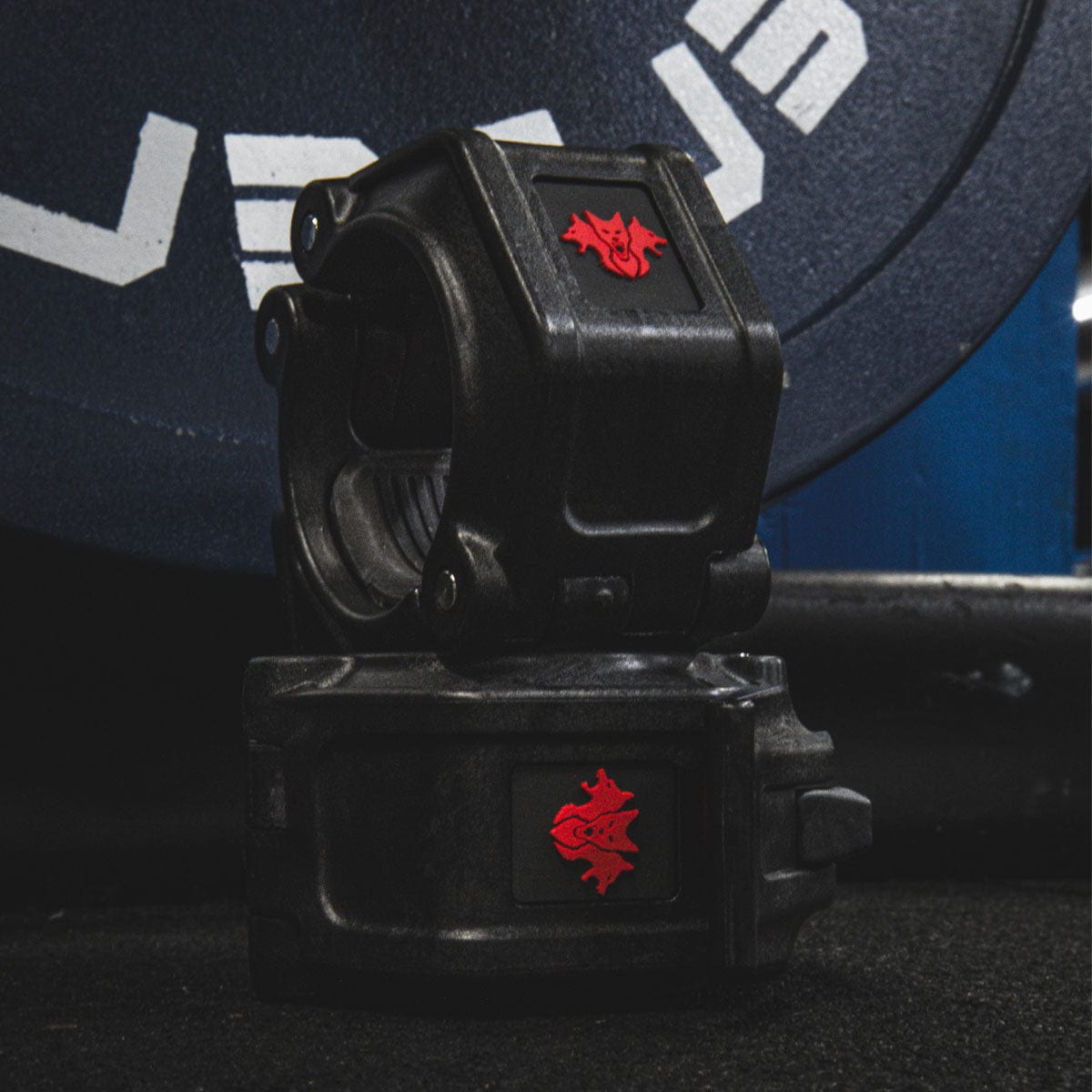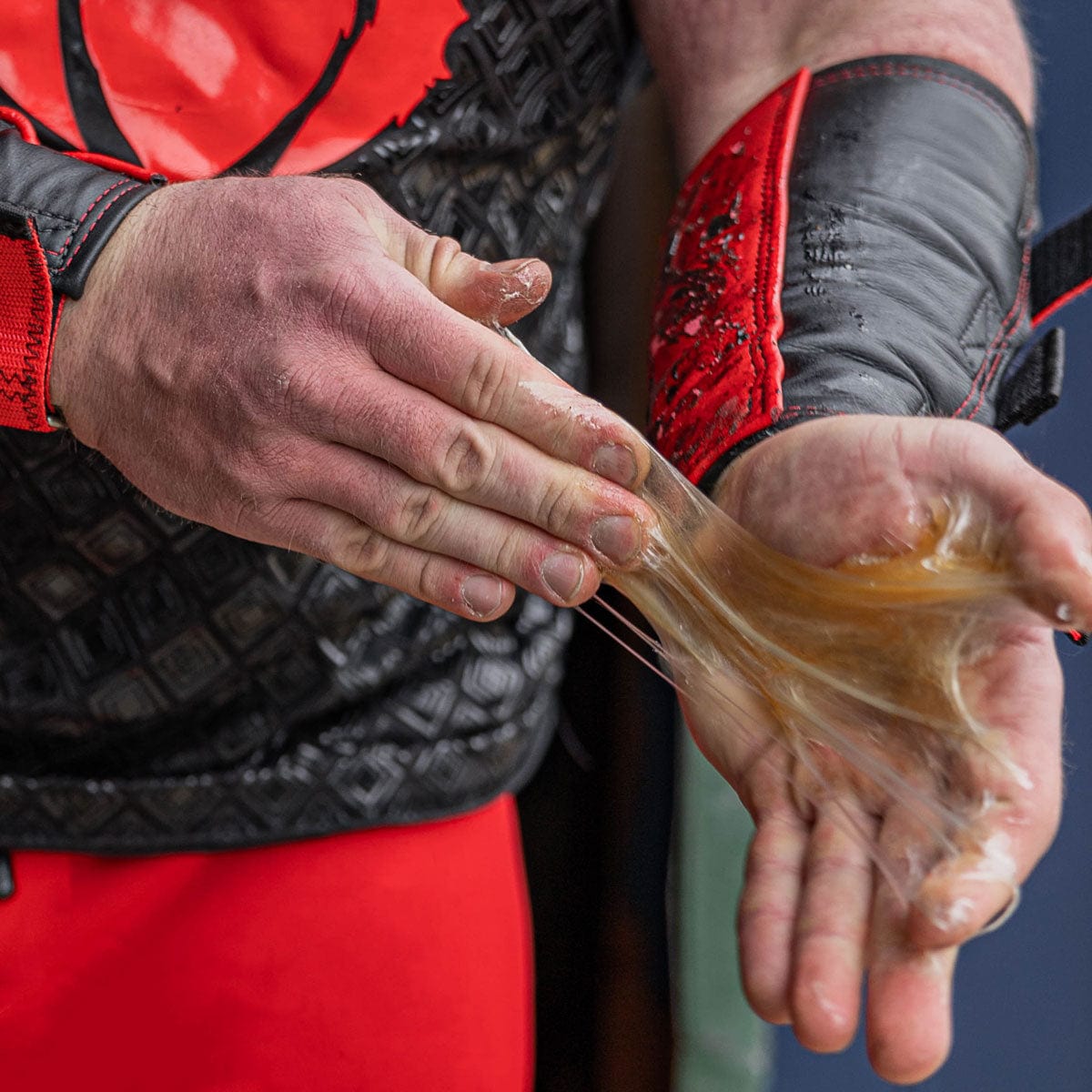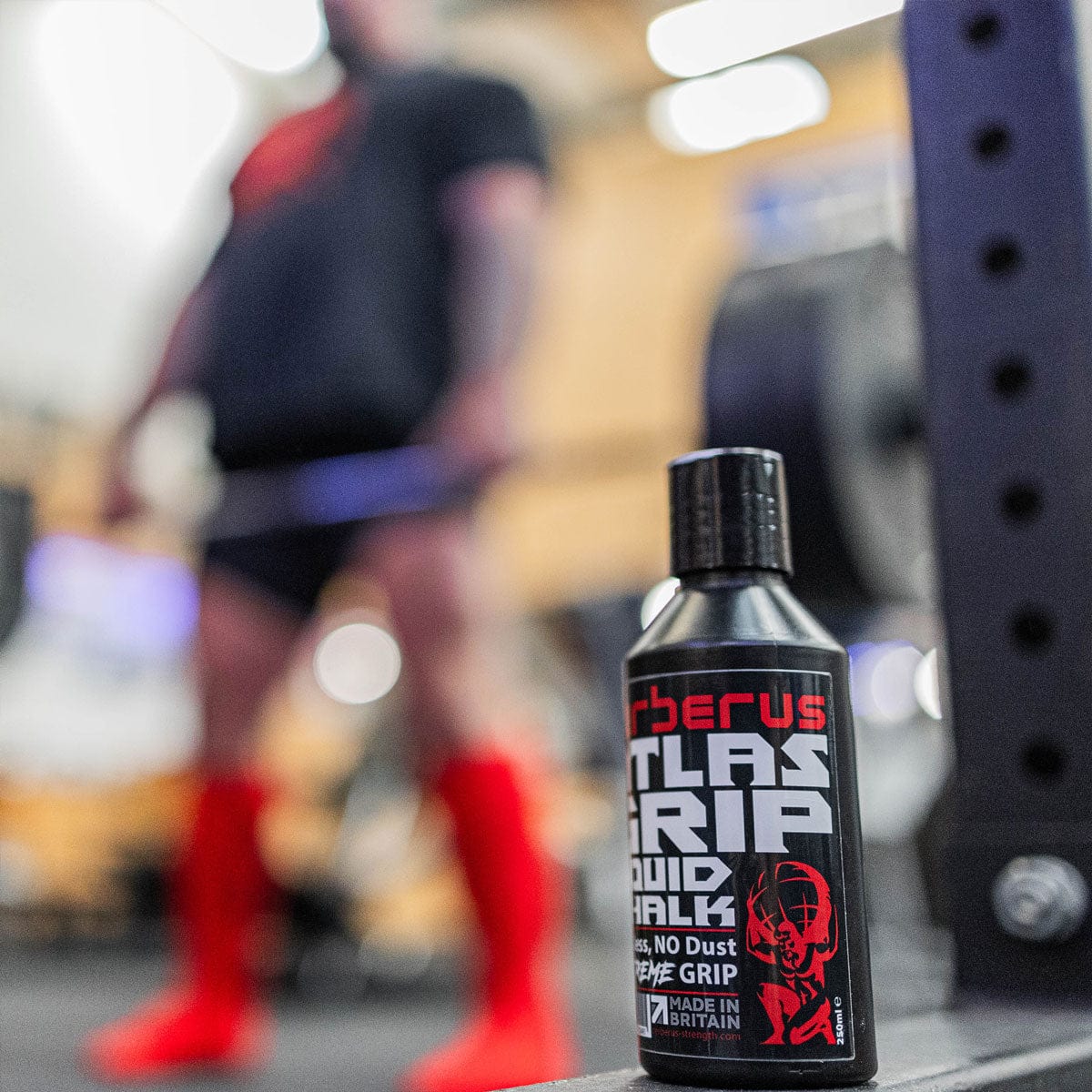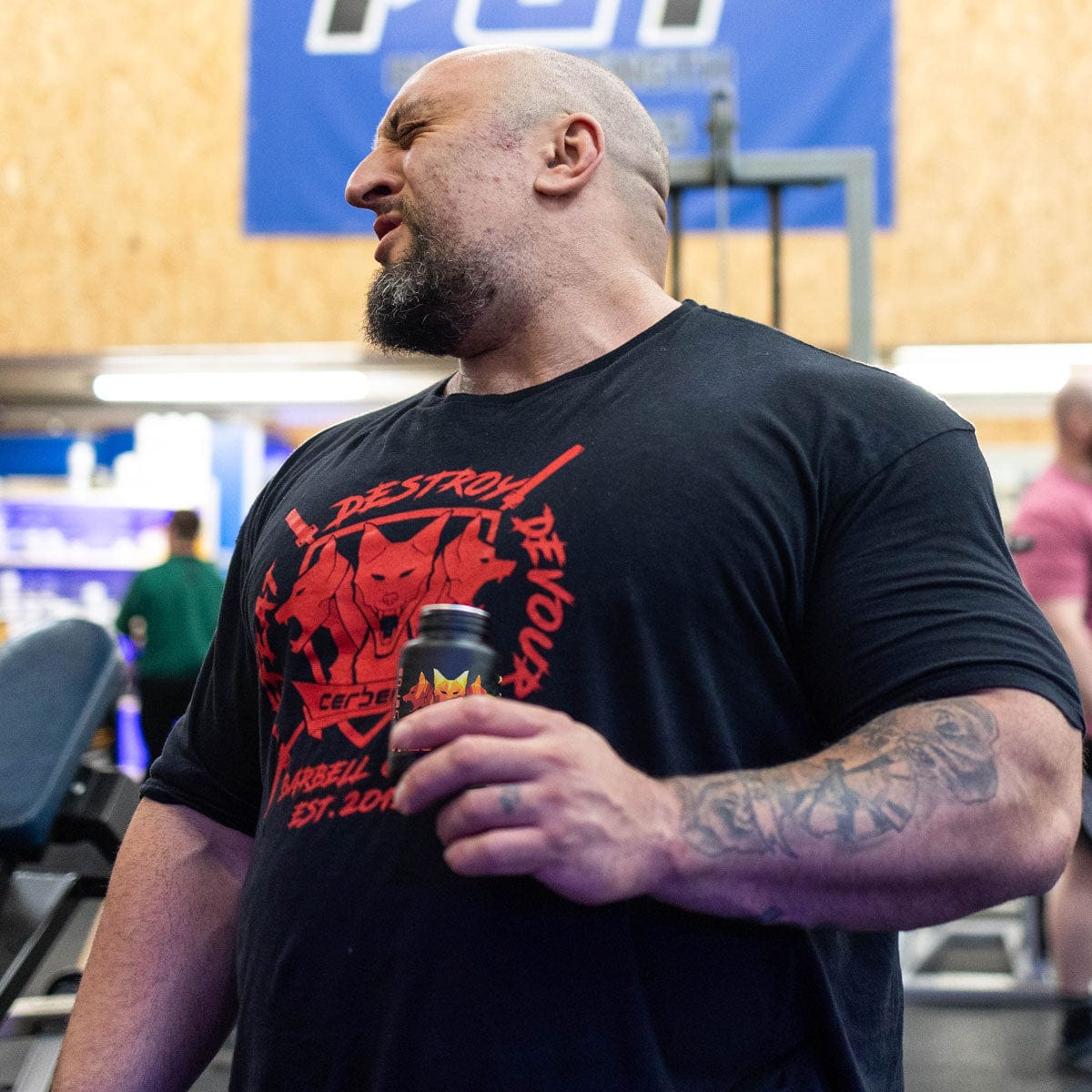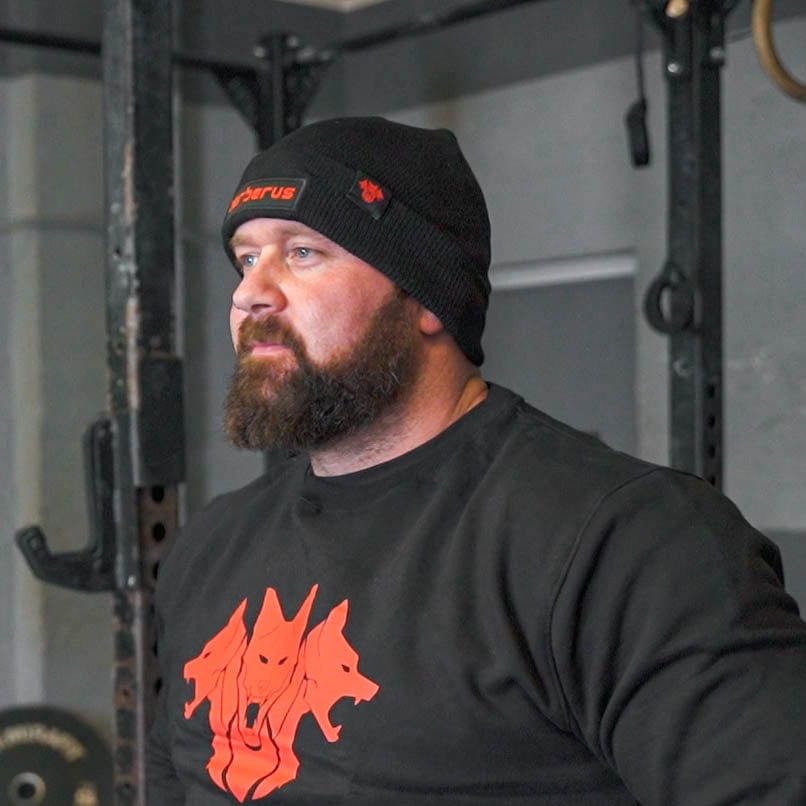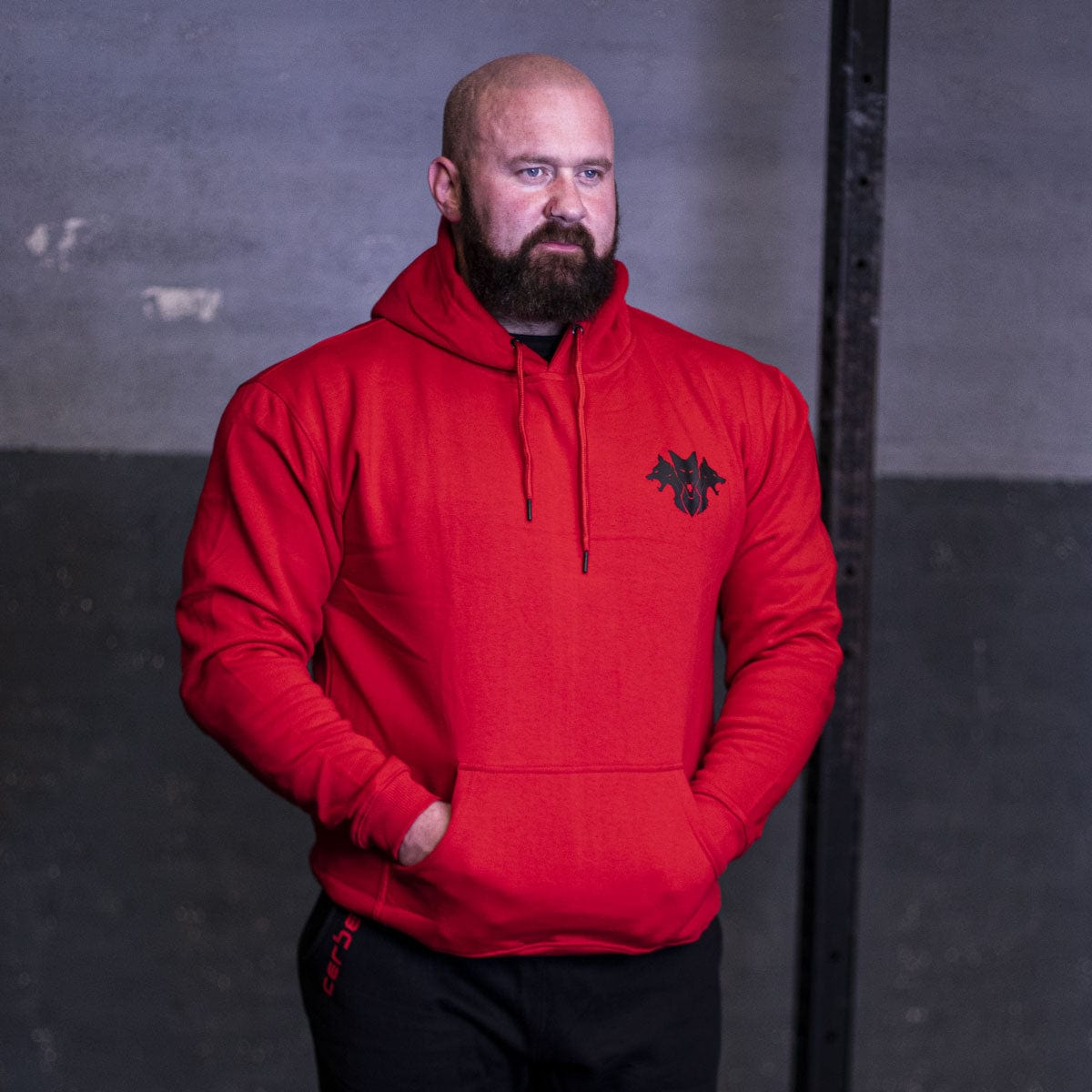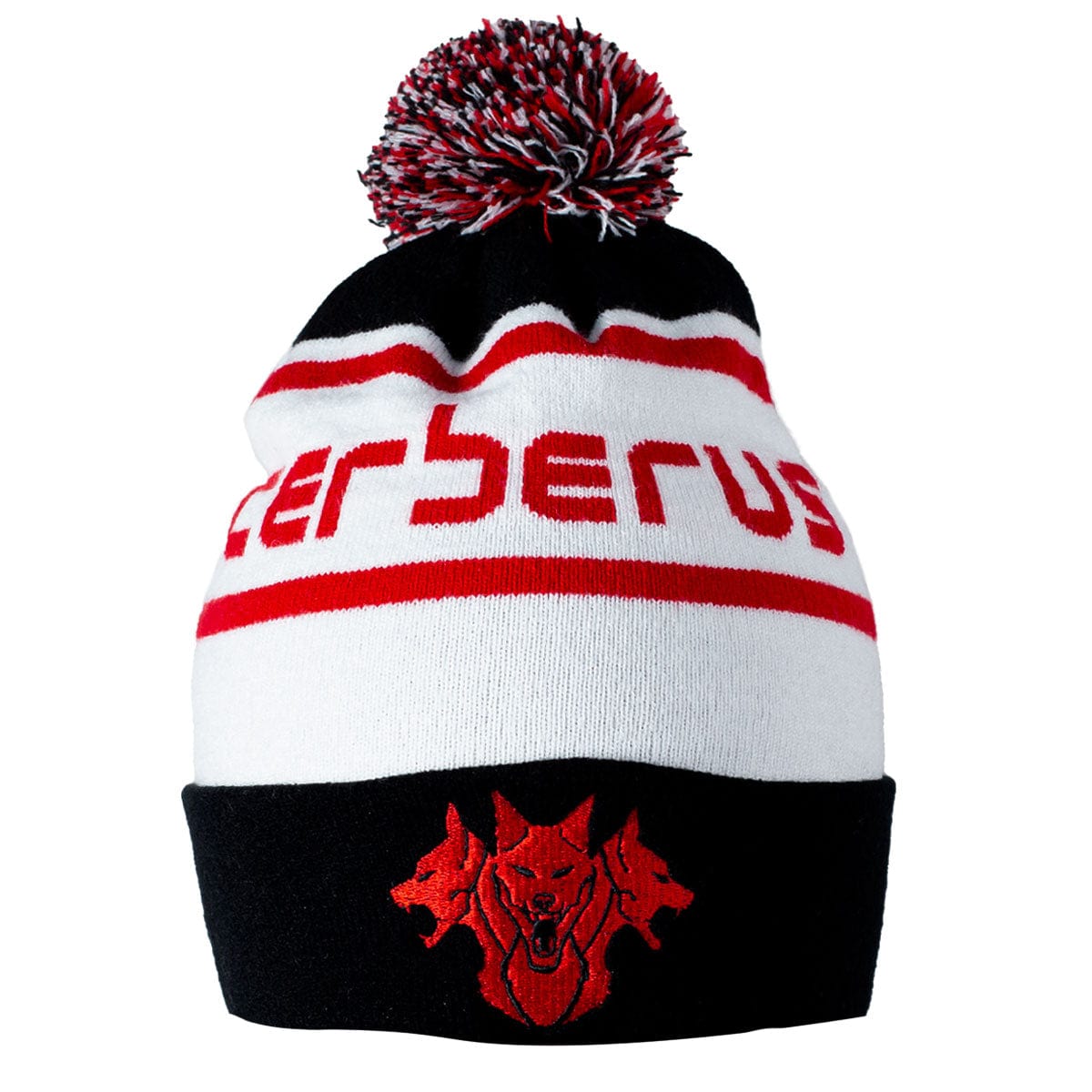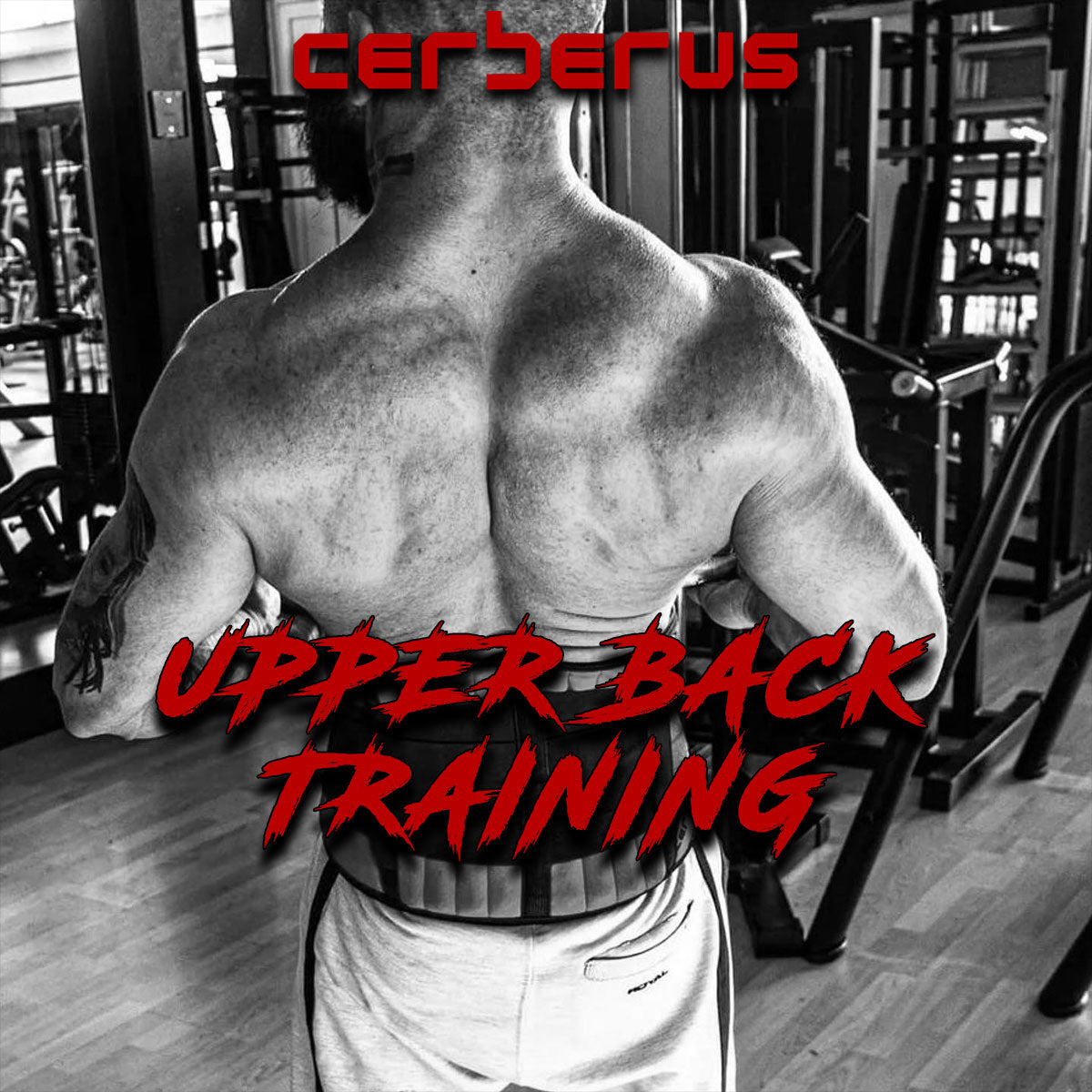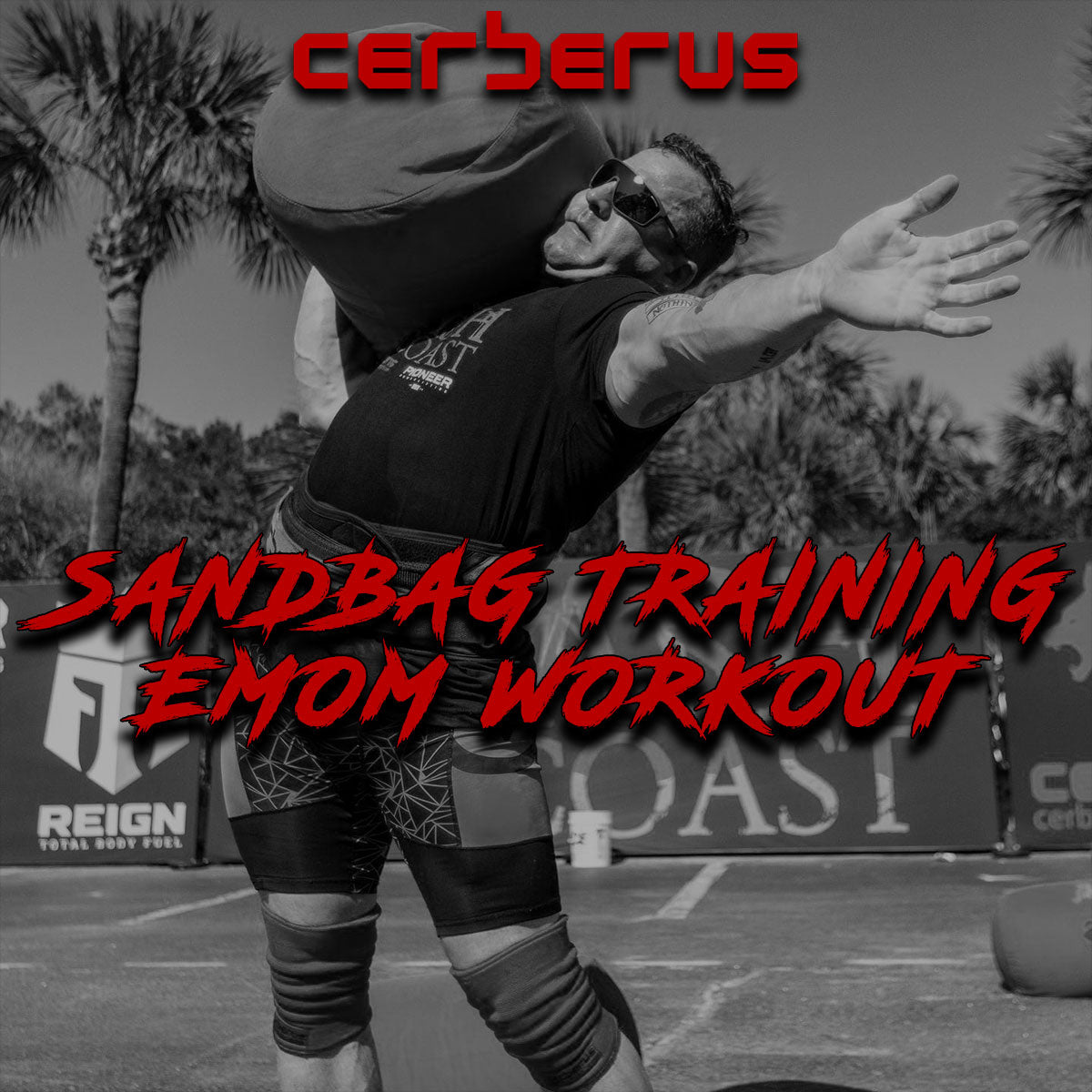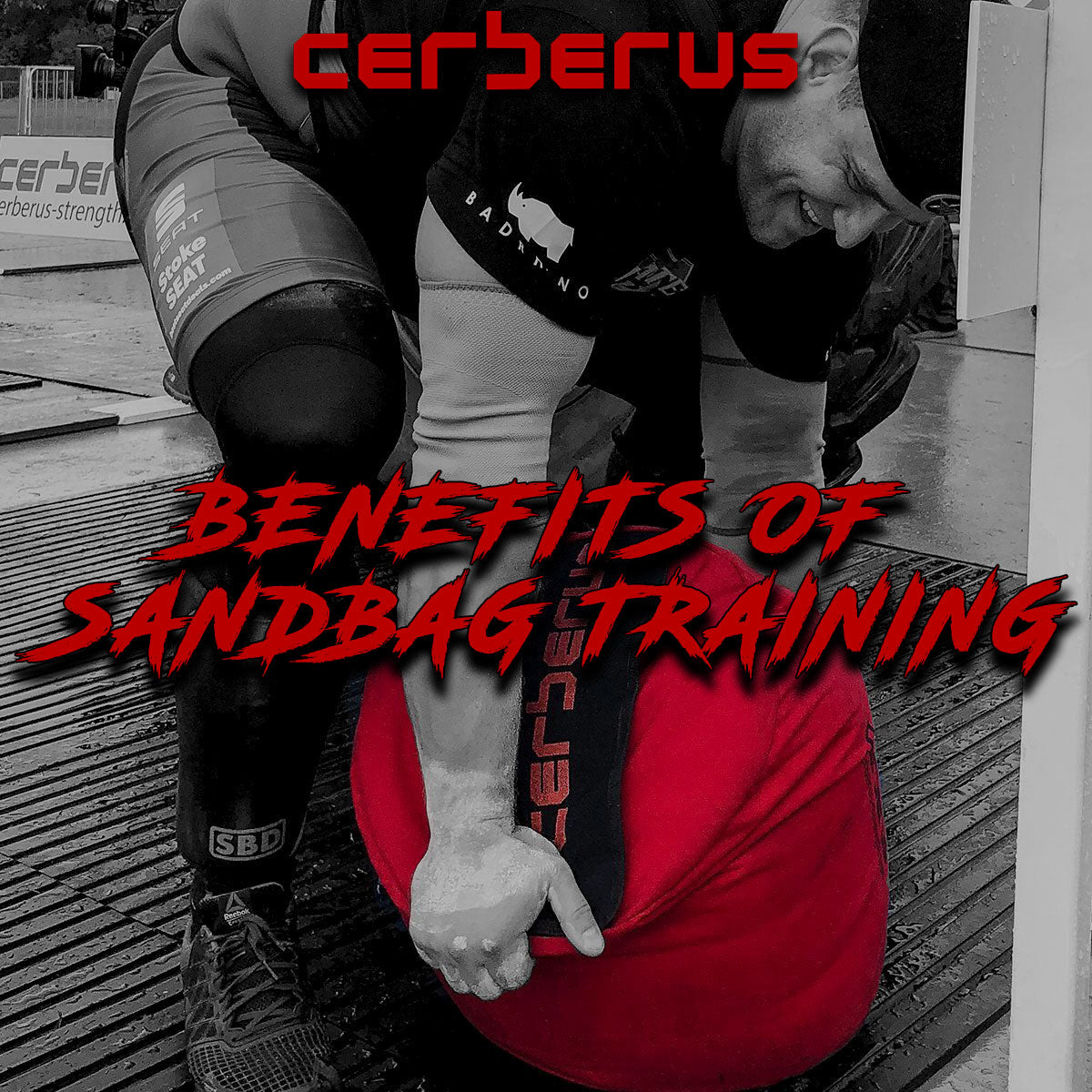Upper Back Training For Strength Sports
The upper back and musculature which comprises it is one of the most overlooked areas of the body when it comes to building strength. In this blog we’re going to cover some key exercises that I feel are great for targeting the upper back, but not only that we’re going to touch upon how they carry over specifically to strength sports too.
Throughout my 15 years of involvement in the sport of strongman there have been countless occasions where a lifter was trying to improve one of the power moves and the focus was far too global for a more specific issue.
Take the deadlift for instance, obviously it goes without saying that not every lifter is going to have the same problem. Some may struggle off the floor, some at the knee, and others at lockout. What is very uniform however is that at some point technique or positioning breaks down, and this is what we want to analyze to figure out how to correct the main issue of improving the deadlift.

When it comes to the upper back in strength sports we simply cannot have enough strength in that location. It helps keep position in the squat and deadlift, creates a stable platform during the bench press, and can even greatly affect overhead pressing in strongman. Add in strongman events such as yoke, farmers walk, or atlas stones and upper back strength becomes an even bigger factor in a lifters success.
Traditionally back training is viewed as exercises such as lat pulldowns, or one arm dumbbell rows. Exercises where we can be very specific and targeted, the problem I’ve seen over the years however is that it simply isn’t ‘cool’ to use lower weight and target the back. Ego takes over and we want to use the stack for pulldowns or the biggest dumbbell in the gym for rows.
Personally I breakdown the training into two areas, CONTROL and POWER. Now just a quick caveat but this article is going to be more biased toward training for strongman simply as that is my background, but with that said all strength athletes can benefit from this approach to upper back training.
The reason I classify the training into these two specific sections is because for instance during a log press we need to be able to control and engage our upper back to create a solid platform so that when we press the log as much of our power goes into the actual implement vs trying to stay stable. In addition to that control we also need the power to be able to row sandbags or stones off the floor, or really drive through a deadlift without losing position.
So now that all the explanation is out the way, lets get into the nitty gritty and go over some exercises that I feel really WORK!
Barbell Rows:
The first big movement based exercise is going to be the barbell row, but not only the barbell row the Pendlay row too. The reason I break this up into two distinct movements which at first glance seem very similar is down to the two reasons I mentioned before, control and power.
It should go without saying that if we’re aiming for control we should be performing the exercise with strict form, being methodical, targeting the muscle contractions etc. So for that goal I look to the barbell row as you can lower the weight and be very deliberate with the execution even to the point of holding the contraction at the top and bracing in that position.

Here’s a quick run through on how to perform a barbell row;
- 1- Stand with a shoulder width stance, and the bar around mid foot.
- 2- Bend over, hinging at the hips with knees slightly bent, and grasp the bar with a pronated (palms down) grip. You can alter your hand placement to target the back in different ways too, a lot of this is personal preference.
- 3- Keeping the core braced and maintaining a neutral spine, drive the elbows back and row the bar into your abdomen contracting the upper back and retracting the scapula.
- 4- Reverse the motion until your arms are straight again but remaining hinged and braced.
- 5- Complete as many reps as required before returning the bar to the floor in a controlled manner.
The Pendlay row on the other hand is our power variation. I feel this exercise has MASSIVE carry over to strongman, and is especially beneficial when we have to pull a sandbag off the ground for instance.
The execution of this exercise is very similar to the traditional barbell row, the big difference being that the bar starts on the floor each rep. We want to maintain that same hinged, braced position from the barbell row while rowing the bar from the floor to the upper abdomen forcefully before returning the bar to the floor under control.
Banded Face Pulls:
Next on the list are banded face pulls, these are a staple for shoulder health too!
We want to have as much control over our scapula as possible, and with this exercise being all about scapular retraction it’s the perfect choice. Especially as we can integrate control and power into this exercise too simply by switching out what band we use.
Using a thinner, lighter band means we can increase the rep range to ungodly levels and really blast the rear deltoids, rhomboids, and trapezius as well with lots of consecutive reps. Another favorite of mine is to use a little bit of a heavier band which requires a forceful contraction to complete the rep and then holding that contraction for a count of 2 seconds before returning to the starting position.
Typical rep schemes for me personally would be a minimum of 100 total reps with the lighter band for higher volume, and then multiple sets of 6 to 8 or 10 with the heavier band as there is only so long you can go holding that 2 second contraction before you’re smoked.

Here’s a quick run through on how to perform a banded face pull;
- 1- Choke a band around a power rack or other secure structure around about a foot above head level.
- 2- Hold the band with a pronated (palms down) grip, and walk backwards until you feel some tension on the band.
- 3- Stand with a shoulder width stance, and brace your core.
- 4- Pull the band towards your face and eyes, while squeezing your scapula together and trying to force them towards the ground too.
- 5- Return the the starting position under control, and perform as many reps as required.
- 6- If the tension is too much, walk toward the mounting point to reduce tension. Too little, and walk away to increase tension.
Using the banded face pull we can really target the upper back and specifically the engagement of the traps, rear delts, and rhomboids we need when we are getting stable in the rack position of an overhead press or engaging to hold a yoke on our backs. We need to create a platform for these events based around scapular control and retraction which is why the banded face pull is perfect for this application!
Chest Supported Dumbbell Rows:
The final ‘specialized’ exercise on the list is chest supported dumbbell rows. Now you may ask why perform something so similar to the barbell row, and the reason is that because we aren’t standing and required to brace ourselves we can target the back in a whole different way.
Again we can do higher reps and really target the muscle for the control aspect we’ve discussed, or up the weight and blast out reps for the power side of the equation. Also I will always use straps on this exercise as well as I don’t want my grip to be the limiting factor.
When aiming for specific muscle control we want to move in a slow controlled manner, really squeezing the scapula together as is the case in many of these movements and holding that contraction before returning to the starting position and completing more reps. This is another case where holding that contraction really carries over to events where we need to hold position with scapular retraction.
For power, as was the case with the Pendlay row the slow controlled movements get reversed and we want to execute the exercise with force. Driving the elbows back, still focussing on pulling the scapula together but not holding the contraction. This has huge carry over again to things like sandbag picks, but also unilateral events such as arm over arm.

Performing the chest supported dumbbell row is very straight forward;
- 1- Set an adjustable bench to approximately 45 degrees
- 2- Lay face down on the bench, with your feet firmly planted and arms hanging straight down. I like to pick up the dumbbells after getting into position on the bench and then resetting my positioning, but you can also hold your dumbbells and then lay on the bench.
- 3- Try to keep your head and neck relaxed, you can use the top of the bench for support.
- 4- Keeping your chest in contact with the bench, drive your elbows upwards and pull the dumbbells towards your upper abdomen.
- 5- Squeeze your scapula together to ensure full range of motion. Hold the contraction if needed, or return to the starting position under control and perform the rest of the reps required for your set.
In summary, these are just three exercises which can be used to build a bigger, stronger back to help propel you towards success in strength sports. Use these in conjunction with your tradition movements such as pulldowns, seated rows, pull ups, etc but be sure to emphasize control when required so that the intent of the exercise is accomplished to the fullest.
As I mentioned before this article is definitely biased towards strongman, but these exercises will carry over hugely to all powerlifting movements too.
Give them a try, and let us know if you have any questions!


